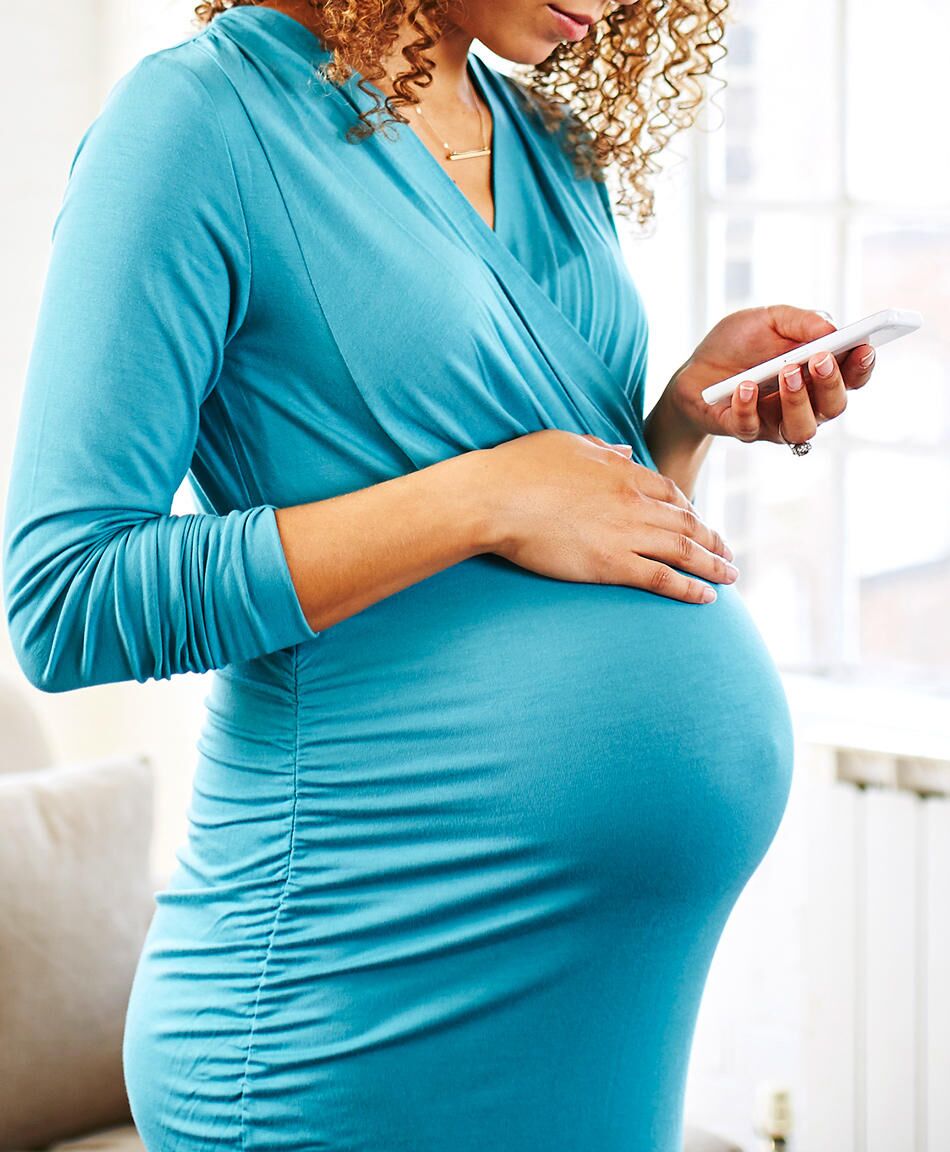Inverted Uterus Pregnancy Symptoms
The uterus is a hollow pear shaped organ that sits in the lower part of a woman s pelvis.
Inverted uterus pregnancy symptoms. The uterus doesn t feel like it s in the right place. Until uterus is at its place the doctor may keep applying pressure by using one hand inside the vagina and other over the abdominal area superficially to compress the uterus and stop the bleeding. After complete placement of uterus continuous intravenous infusion of oxytocin is provided to make the uterus firm and keep it in position which further controls the bleeding. Does a retroverted uterus affect fertility pregnancy or sexual enjoyment.
During pregnancy as the uterus enlarges the ligaments which hold the uterus in place become weak or lose their tension resulting in a tilted pelvis pregnancy and a retroverted uterus. It s possible that it can cause more back pain though that s a common symptom in every pregnancy. But symptoms may arise in rare cases. The diagnosis of an inverted uterus is usually made depending upon the different signs and symptoms presented.
It is where a fetus grows during pregnancy. Inverted uterus is a rare medical emergency in which the corpus turns inside out and protrudes into the vagina or beyond the introitus. Some of the common problems experienced by women with a retroflexed uterus include. Even though the condition does not show symptoms in most women many may experience minor discomfort caused by the inverted position of the uterus such as.
Some doctors say that in very rare cases if your growing uterus is tilted very far backwards during pregnancy it could push against your bladder making it difficult to empty. Most common symptoms of inverted uterus. Learn the causes symptoms and treatment. A retroverted uterus is a uterus that curves in a backwards position at the.
A woman with an inverted uterus can become pregnant normally. A woman can have a tilted uterus for several different reasons. Difficulty emptying your bladder. The uterus returns to the normal forward position after delivery in most cases but may at times fail to do so.
The uterus is protruding from the vagina. The uterus is most commonly inverted when too much traction is applied to the umbilical cord in an attempt to deliver the placenta. It can be identified and confirmed through an ultrasound and magnetic resonance imaging. Differential diagnosis can also be performed to point it out from the following conditions such as.

